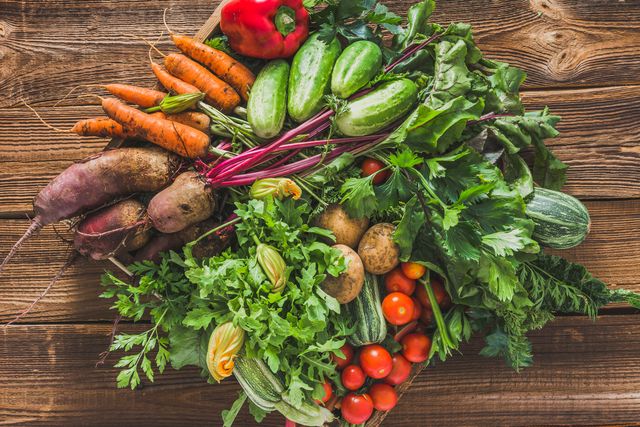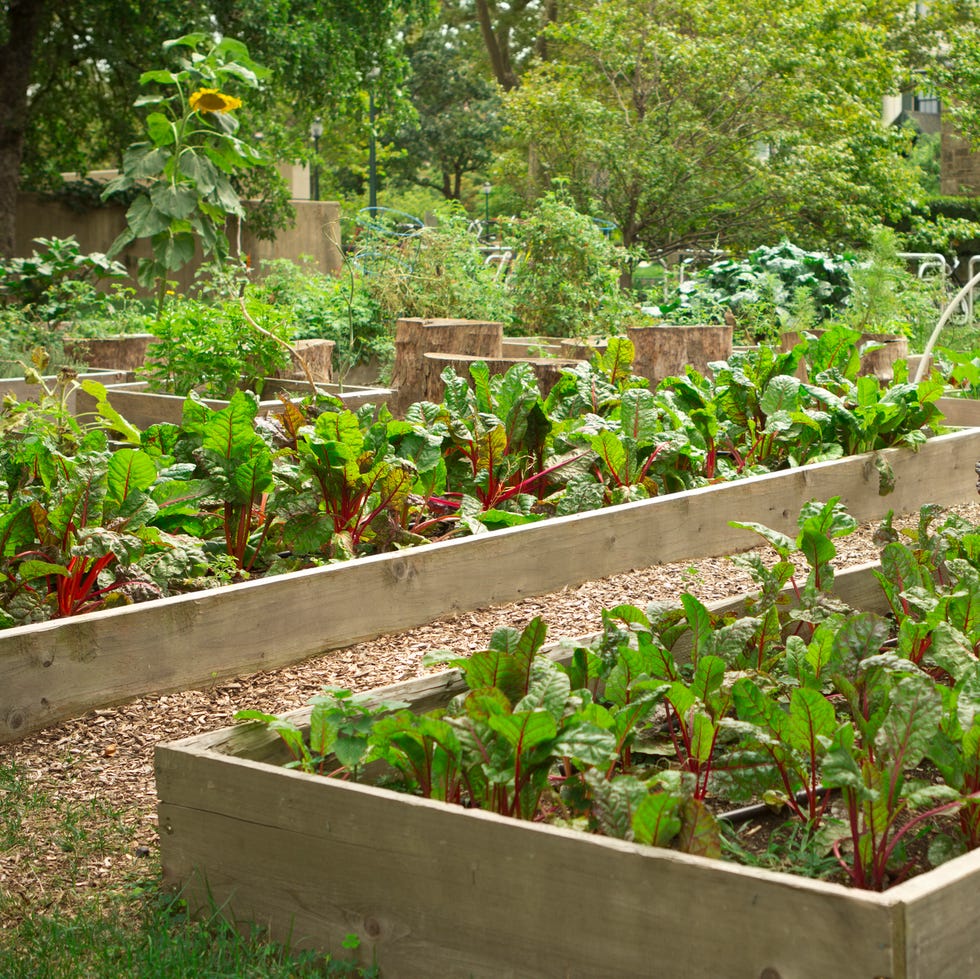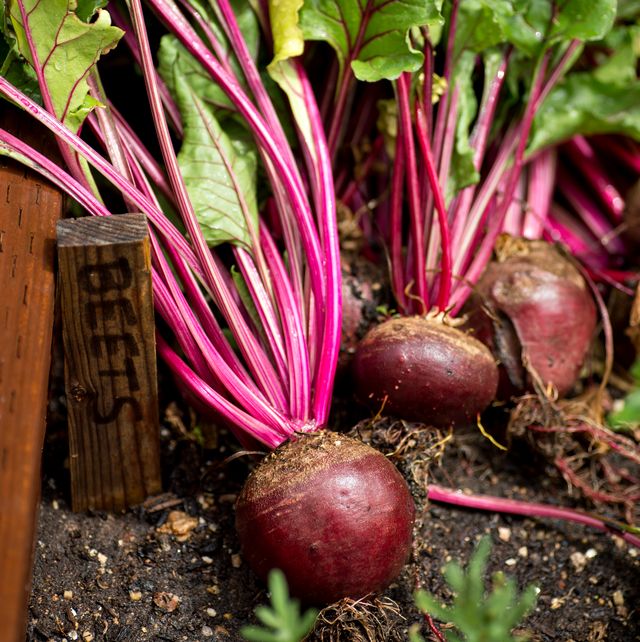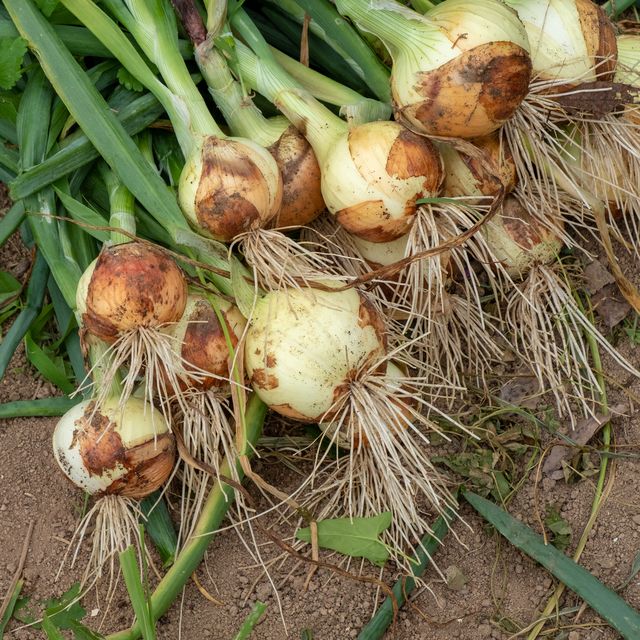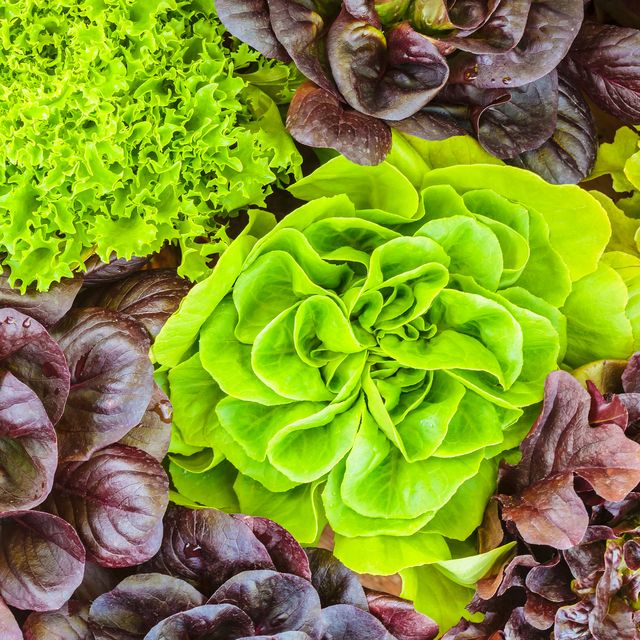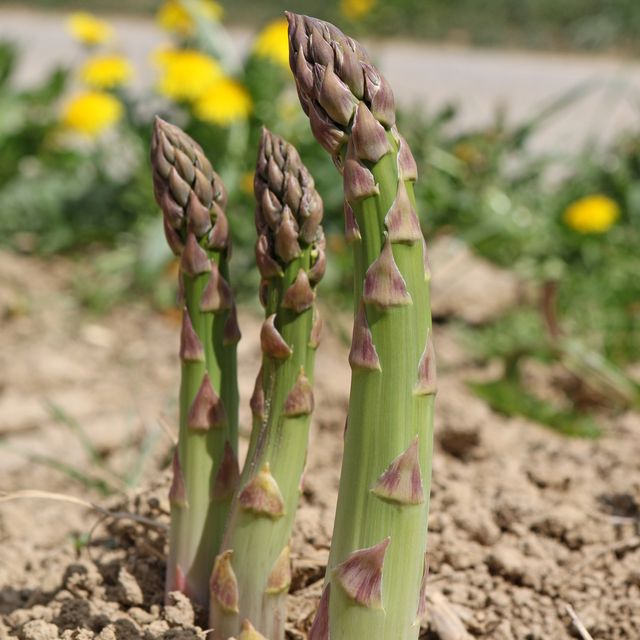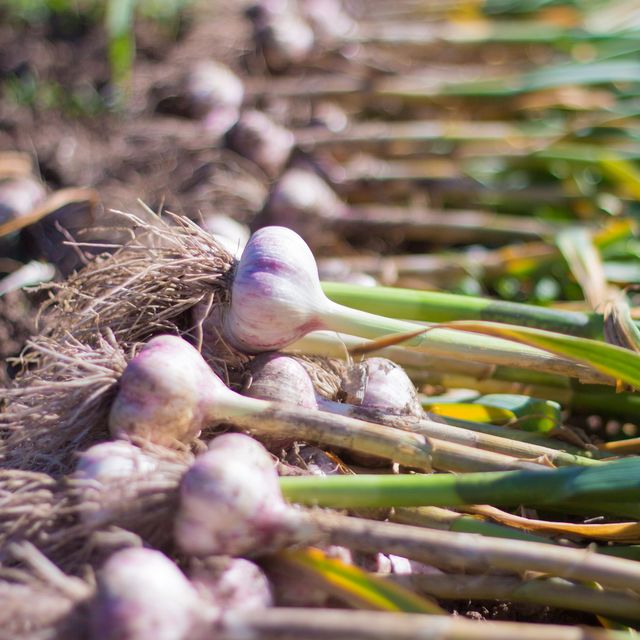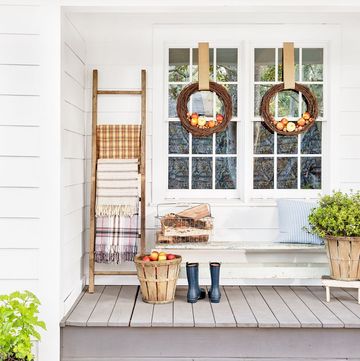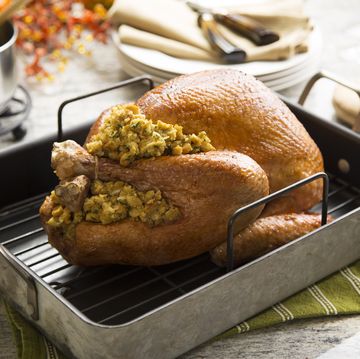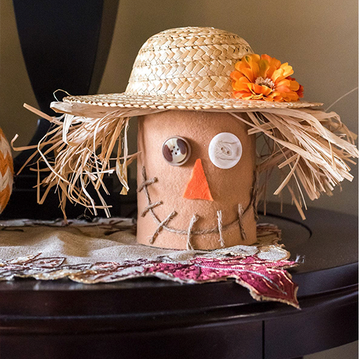You may be in full summer-harvest mode, picking zucchini, tomatoes, and basil every night. Or maybe you got sidetracked this spring and your plans to get the vegetable garden going just never went according to plan. Well, here's some good news: Just because fall is on its way doesn't mean it's time to pack away your gardening gloves.
While the crisp fall weather may make it trickier to grow crops, there are still many vegetables that you can plant. Fall crops typically need a little extra time to mature because they receive less daylight as the season winds down. In most temperate growing zones, fall-planted crops will be ready to harvest in September and October. In very mild climates like the Pacific Northwest, many of these crops can survive through the winter, providing much needed garden love in the gloomiest months of the year. Fortunately, a successful fall garden hinges on only a few simple rules:
1. Get started early.
By the time many people start thinking about fall crops, it’s already too late. To ensure a successful fall and winter harvest, you need to start many of your late-season crops in the peak of summer. In most regions, this means planting in the heat of August to give your crops time to size up while growing conditions are still good. Some fast growing fall crops like lettuce and radishes can be planted into late September, but many desirable fall crops like broccoli and carrots need several months of prime-growing conditions to mature before frost and low light levels set in. When in doubt, plant your fall crops a little early.
2. Know how long it takes fall crops to grow.
Each crop has a relatively predictable lifespan, meaning that you can anticipate approximately how long it will take to reach harvestable size. The lifespan of the crop is usually defined by the phrase "days to maturity" which will be listed on the seed package or plant tag. Days to maturity will vary a bit by environmental conditions, but these numbers should be fairly accurate. As a general rule, you should plan your planting so that the crops have time to reach maturity before the first frost. (Find your local frost date here.)
3. Harvest summer crops ASAP.
Get out there and harvest your spring and summer crops. Planning a successful fall garden hinges on the proper management of spring and summer plantings. In most gardens, where space is limited, it is imperative that early-season crops are harvested and removed from the garden in a timely fashion. This clearing makes room for the new fall plantings. Crops that may be finishing up in your garden midsummer include:
You might also still have some spring salad greens that are exhausted and ready to come out.
When choosing which fall crops to add to your garden, start by making an inventory of currently harvestable crops. This will allow you to determine how much space you will have available and prioritize the fall plantings you care about most.
4. Know that crops last longer in fall.
Fall and winter gardening turns your vegetable plot into a giant refrigerator. During the fall season, cool weather allows crops to hold longer in the garden once mature. Crops like broccoli, cabbage, and kale can live for months in the garden after they reach maturity. Even fast-growing crops like spinach, cilantro, and lettuce will hold their quality for much longer when planted for fall harvest. If you plan properly, you may be able to harvest from the garden all through the cold season and into the early spring.
Now that you are primed to select crops that still have time to mature in your region and have opened up space in the garden for new crops, it’s time to decide which fall crops you'll be planting this year.
Hilary Dahl is a co-owner of the Seattle Urban Farm Company, where she helps beginning and experienced growers create beautiful and productive gardens.
